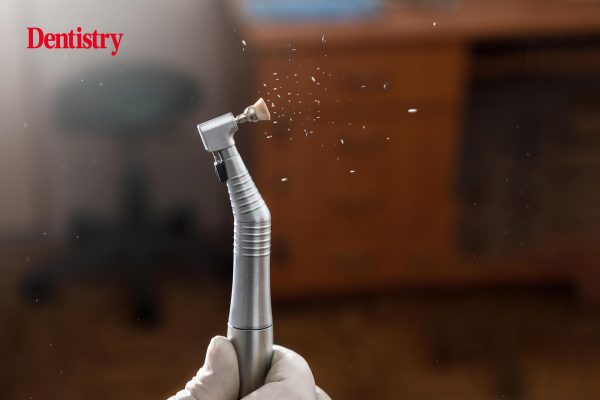Ultrasonic scaling in dentistry ‘could be seen as lower risk’ than it currently is when it comes to spreading COVID-19.
This is according to new research, the largest yet to measure aerosol generation from dental instruments in real patient clinical scenarios.
Many common treatments carry a very low risk of increasing the spread of COVID-19, the team concluded.
And some procedures – for example ultrasonic scaling – were not shown to produce any aerosol other than from the clean instrument itself.
As a result, the study’s authors say the findings suggest current infection control measures can be eased.
Reduce need for extra PPE
The study looked to investigate the amount of aerosol produced from a selection of dental treatments.
Where aerosol was picked up during the patient procedure, the research team compared its distribution to the aerosol produced from the treatment in a non-patient setting.
Tom Dudding is restorative dentistry specialty trainee in the Bristol Dental School and joint first author of the study. He said: ‘Our study confirms much of the guidance around dental procedures deemed as low risk is correct. But suggests that the ultrasonic instrument could be seen as lower risk than it currently is.
‘Our findings could allow the expansion of dental, hygiene and therapy work. It would reduce the need for additional precautions. For example additional personal protective equipment (PPE) and fallow times when using this instrument.’
Safe for use
Mark Gormley is a consultant senior lecturer in the Bristol Dental School and joint senior author of the study.
‘Our study provides strong evidence to confirm many of the common dental procedures have very low risk of increasing the aerosol spread of COVID-19,’ he added.
‘We also found that some other procedures, such as ultrasonic scaling, do not appear to generate additional aerosol above that of the instrument itself. It does not increase the risk to dentists, relative to the risk of being near the patient.’
The findings call for further research into other dental instruments used during high and slow speed drilling. For example those used during dental fillings, crown preparations and polishing.
This can further differentiate between aerosol produced by the dental instrument and aerosol contaminated by bodily fluids, such as saliva.
If no contaminated aerosol is identified, these instruments would also be safe for use without additional precautions.
Funded by the National Institute for Health Research (NIHR) and UK Research and Innovation (UKRI), the study was carried out by the University of Bristol, University Hospitals Bristol and Weston NHS Foundation Trust (UHBW) and North Bristol NHS Trust (NBT)
Follow Dentistry.co.uk on Instagram to keep up with all the latest dental news and trends.
The post COVID-19 – ultrasonic scaling ‘could be lower risk than it currently is’ appeared first on Dentistry.co.uk.


